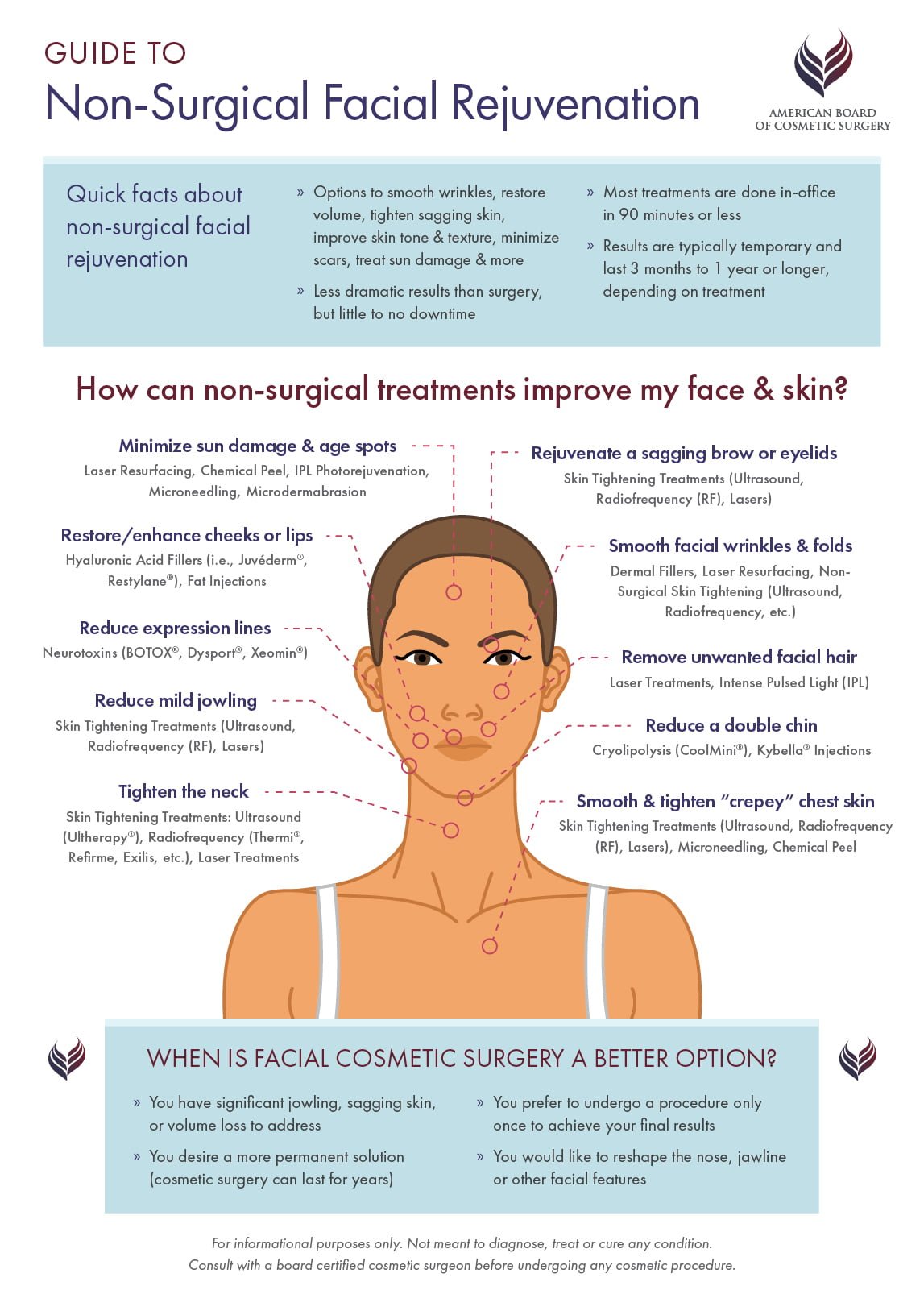Microbiome Skincare For Acne
Microbiome Skincare For Acne
Blog Article
Acne Treatment - What Are AHAs in Acne Therapy?
AHAs are an essential active ingredient for unclogging pore obstructions and lightening up acne-prone skin. They work by breaking down dead skin cell accumulation to promote more recent, fresher cells, and protecting against future clogs.
Formulating topical AHAs demands precise focus to different essential variables that dramatically affect their efficacy and tolerability. Maintaining the optimum pH variety, together with vehicle choice and concentration, enhances their exfoliative attributes while reducing possible unfavorable responses.
Glycolic acid
Glycolic acid is recognized for its mild yet efficient scrubing residential or commercial properties, which advertise skin's all-natural shedding and loosen the "glue" that holds dead cells on the surface of the skin. This aids unblock pores and decrease the appearance of fine lines and wrinkles, as well as enhance total skin appearance and tone.
Surprisingly, topical glycolic acid has actually additionally been revealed to boost the manufacturing of collagen, which is important in keeping skin's suppleness and elasticity. It is very important to note, nonetheless, that due to the fact that glycolic acid can stimulate the skin's sensitivity to sunshine, it is essential to put on sun block when utilizing any type of products containing this active ingredient.
Skin specialists pay careful focus to the solution of products containing AHAs in order to enhance their efficacy and tolerability. Creating AHAs with the proper vehicle, in addition to pH and focus considerations, permits ideal skin infiltration while reducing prospective unfavorable reactions. This is particularly critical for clients with sensitive skin, considering that AHAs are recognized to be gently annoying.
Lactic acid
Lactic acid is found in lots of over-the-counter skin care items and some stronger expert peels and treatments. It has the lowest molecular weight of all the AHAs and is able to permeate much deeper right into the skin, where it is more efficient at unclogging pores and exfoliating.
Like glycolic acid, it likewise stimulates collagen synthesis, which assists lessen fine lines and wrinkles and enhance skin structure. In addition, it has moisture-retention properties, which makes it better for drier skin kinds than other AHAs.
The extensive body of scientific information validating the effectiveness of topical AHAs supports their utility in a large range of dermatological conditions and aesthetic worries. These include elaborate skin rejuvenation procedures, depletion of great lines and wrinkles, lightening of hyperpigmentation, therapeutic treatment for actinic keratosis, and acne monitoring [2] Maximizing the formulation of AHAs by stabilizing pH, concentration, and vehicle option even more boosts their therapeutic possibility. These cautious considerations make it possible for skin specialists to deliver risk-free botox near me and reliable treatments that give exceptional medical outcomes.
Mandelic acid
Mandelic acid, derived from almonds, is another participant of the AHA household and is a preferred ingredient in products that assist treat acne. Its larger molecular size means it passes through the skin much more gradually and gently, which can minimize the possibility for inflammation. It's additionally much less most likely to activate soreness and various other skin sensitivity problems, making it appropriate for sensitive skin types.
Mandelic Acid is believed to help in reducing swelling and boost hydration. It works by loosening up the bonds in between dead skin cells, allowing them to drop and reveal fresher-looking skin. It additionally helps in reducing the appearance of bigger pores.
Developing topical products with AHAs calls for an accurate balance of crucial elements that dramatically affect their efficacy and tolerability. Particularly, the pH of an AHA formulation has actually been revealed to play an important role in its capability to advertise exfoliation and improve complexion and structure. Attaining this optimal concentration is a tough objective and requires careful focus to the various elements that influence the solution process.
Citric acid
Citric acid, found in citrus fruits such as oranges and lemons, is a moderate AHA. It's much less bothersome than glycolic or lactic acid, making it preferable for sensitive skin. It also has astringent homes, assisting to dry excess oil.
Like various other AHAs, citric acid can be utilized in chemical peels and everyday active/maintenance therapies to exfoliate the skin and promote cell turnover. It can help reduce the appearance of dark places and hyperpigmentation, along with great face lines.
It can also increase the synthesis of glycosaminoglycans, which play an essential function in enhancing the skin barrier function. This helps to avoid trans-epidermal water loss, and keep optimum hydration degrees in the skin [35]
AHAs can be integrated with relaxing ingredients such as ceramides or hyaluronic acid to boost their tolerability. They can be integrated into day-to-day active/maintenance skin care through lotion or lotion formulations. This permits professionals to tailor their AHA therapies based on individual needs and choices, with the flexibility of selecting from various treatment strengths or concentrations.